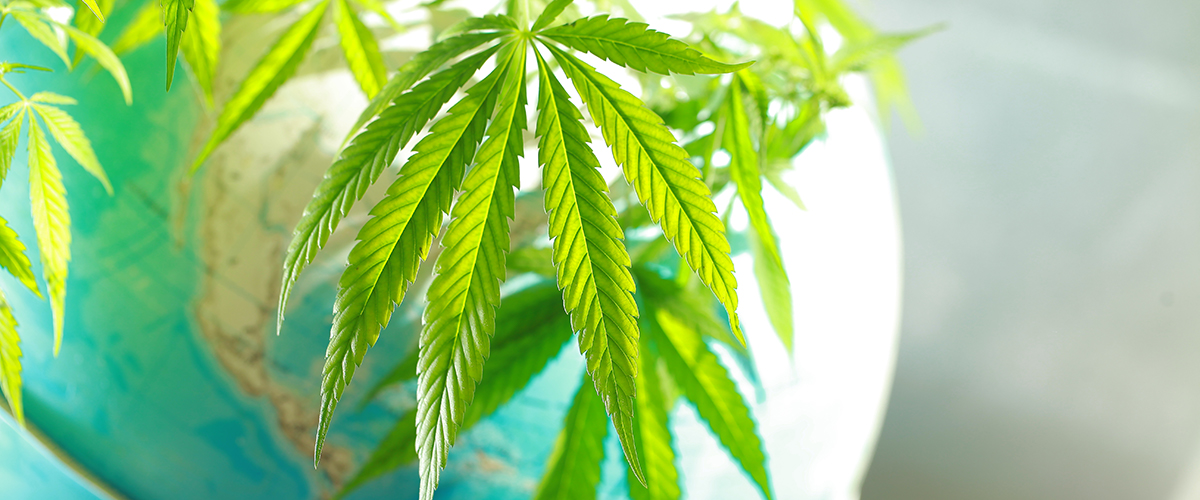After nearly a century of prohibition, cannabis is becoming legal in markets around the world.
For thousands of years, cannabis was widely used throughout the world by humans. It is only in the modern era that cannabis has faced widespread prohibition, beginning in the early 1900’s. As the War on Drugs appears to be cresting and pulling back, public sentiment favoring cannabis is higher than ever.
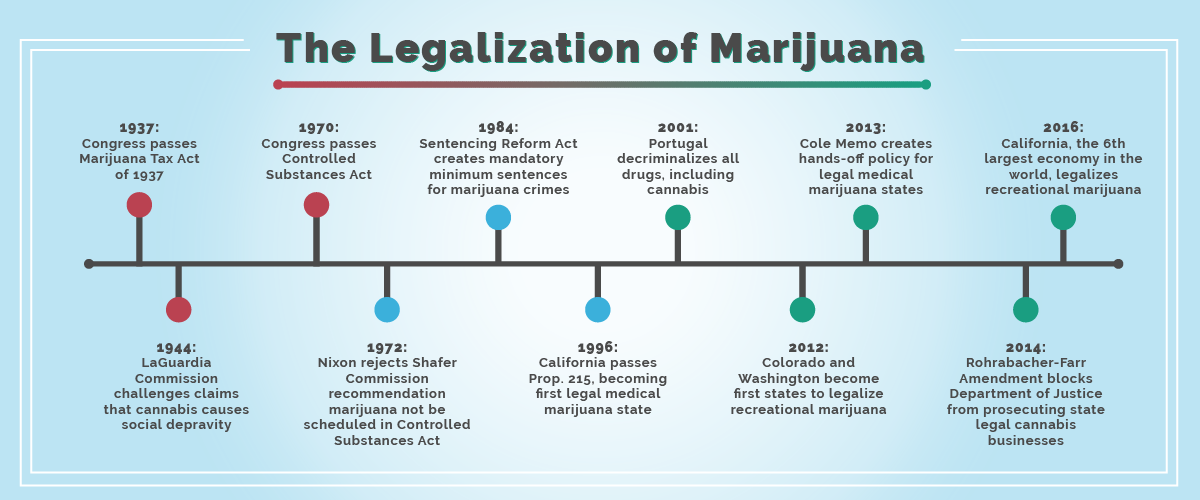
Prohibition
Cannabis was legal during America’s earliest days, and hemp cultivation was required of America’s colonists, first to supply England and later to support America’s Revolutionary War effort. By the late 1800’s, cannabis tinctures were widely available in pharmacies and from doctors across the Western world.
Following state level restrictions being imposed on cannabis medicines, the federal government first regulated marijuana in the 1930s, when Congress passed the Marihuana Tax Act of 1937. This effectively made possession or transfer of marijuana illegal throughout the United States under federal law, excluding medical and industrial uses, through imposition of an excise tax on all sales of hemp, essentially outlawing marijuana.
New York Mayor Fiorello LaGuardia, a strong opponent of the 1937 Marihuana Tax Act, created the LaGuardia Commission, which in 1944 contradicted earlier reports of addiction, mental illness, and increased sexuality caused by cannabis. The LaGuardia Commission’s report was challenged in an attempt to discredit it by Henry Anslinger, the first Commissioner of the Federal Bureau of Narcotics, who headed the campaign to prohibit marijuana in the U.S.
Then, in 1970, Congress passed the Controlled Substances Act, which established categories, or schedules, into which individual drugs were placed depending on their perceived medical usefulness and potential for abuse. Schedule 1, the most restrictive category, contained drugs that the federal government deemed as having no valid medical uses and a high potential for abuse.
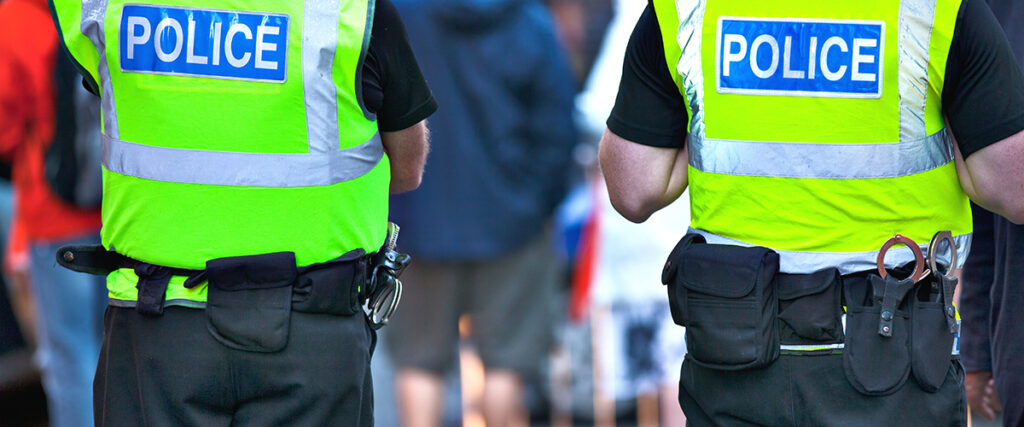
America’s War on Drugs
As part of Richard Nixon’s War on Drugs, the Controlled Substances Act placed cannabis into Schedule 1, along with heroin and LSD, more due to Nixon’s attitude regarding the counterculture with which he associated marijuana, than any scientific, medical, or legal opinion.
In 1972, a report from the National Commission on Marijuana and Drug Abuse (also known as the Shafer Commission) released a report titled “Marijuana: A Signal of Misunderstanding.”
The Shafer Commission, appointed by Nixon, recommended that marijuana be decriminalized and thus removed from Schedule 1. Nixon vehemently rejected the Commission’s report, after which, 11 states decriminalized marijuana in some form between 1973 and 1978.
During the Reagan administration, the War on Drugs reached its fever pitch. The Sentencing Reform Act provisions of the Comprehensive Crime Control Act of 1984 helped establish mandatory sentencing guidelines for marijuana offenders.
Public demand and state level action would play a large role in legalization efforts. Activist groups like the National Organization for the Reform of Marijuana Laws (NORML), founded in 1970 – the same year the Controlled Substances Act passed, promoted and coordinated grassroots efforts to legalize medical marijuana in individual states.
Fighting for Legalization
California was first to pass medical marijuana legalization in 1996 when voters approved Proposition 215. Also known as the Compassionate Use Act of 1996, Proposition 215 legalized marijuana for medicinal use by people with severe or chronic illnesses. States like Alaska, Washington, Oregon, and Maine followed suit in the years shortly after, creating their own medical marijuana programs on ballot initiatives.
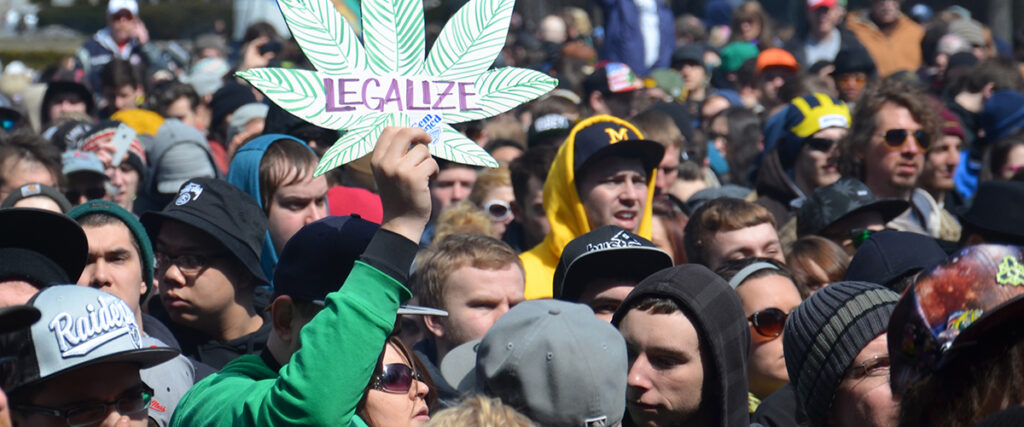
Medical marijuana then suffered two losses in the U.S. Supreme Court that threatened to destroy state MMJ programs.
First in United States v. Oakland Cannabis Buyers’ Cooperative, the Supreme Court federal anti-drug laws rejected an exception for medical cannabis in 2001. Then in Gonzales v. Raich, the Supreme Court ruled that even where individuals or businesses in accordance with state-approved medical cannabis programs are lawfully cultivating, possessing, or distributing medical cannabis, such persons or businesses are violating federal marijuana laws.
These rulings opened legal medical marijuana businesses, employees, and patients open to prosecution by the federal government, generating fear in the medical marijuana community. The biggest impact of these decisions was increased raids by the DEA of state legal medical marijuana dispensaries in states like California and Washington.
It wouldn’t be until the Obama era that legal cannabis in the U.S. would be free to perform without fear of federal interference. The Cole Memo, released in 2013 by Eric Holder’s Justice Department, set a hands-off policy to cannabis businesses acting legally and responsibly in states with marijuana legalization. The Rohrabacher-Farr amendment, which was renewed again in the current budget, reinforced this policy in 2014 by barring the Justice Department from using funds to prosecute cannabis businesses in legal states.
Twenty-nine states and Washington, DC, now allow the use of cannabis for limited medical purposes either through voter ballot initiative or through their state legislatures.
Public opinion is also shifting on recreational marijuana. As of 2016, eight states and Washington, D.C., have legalized marijuana for recreational use through voter initiatives. Colorado and Washington became the first states to do so in 2012 when they passed the Colorado Amendment 64 and Washington Initiative 502, respectively. Alaska and Oregon followed in 2014, as would Washington, DC, which allows up to 2 ounces for home use only.
Most recently, California, Maine, Massachusetts, and Nevada legalized adult use of marijuana in 2016, bringing the total number of recreational marijuana states to nine. For now, however, cannabis remains federally illegal in the U.S.
Several bills on the federal level have been introduced to reform America’s marijuana laws, but so far none have made any progress in Congress.
- Ending Federal Marijuana Prohibition Act
- Regulate Marijuana Like Alcohol Act and Marijuana Tax Revenue Act of 2015
- The Compassionate Access, Research Expansion and Respect States (CARERS) Act of 2015
- Ending Federal Marijuana Prohibition Act of 2015
Until more comprehensive action is taken by the federal government, America will continue to face a frustrating patchwork of cannabis laws.
Worldwide Legalization Faces Hurdles
Similar to the United States, progress has been made in marijuana legalization around the world for both medical and recreational purposes.
Medical marijuana as a concept is catching on around the world, with a number of countries – Canada, Israel, and the Czech Republic, to name a few – legalizing medical marijuana. The trend is increasing in this regard, as several others recently approved measures for its medicinal use:
Recreationally, cannabis, is “the most widely cultivated, produced, trafficked, and consumed drug worldwide,” according to the World Drug Report.
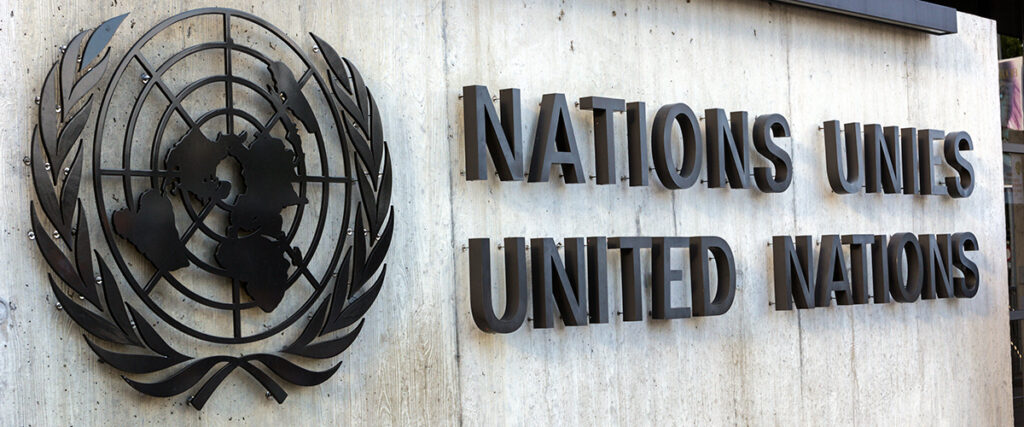
Portugal is a pioneer when it comes to drug reform laws, as the nation decriminalized the possession of all drugs — not just cannabis — for personal use in 2001. Multiple other countries have decriminalized personal possession of marijuana, including the Netherlands, Mexico, Czech Republic, and Costa Rica.
Uruguay became the first country to fully legalize and regulate recreational marijuana when it did so in December of 2013 by a 16-13 Senate vote. Canada may follow soon, as their current government has vocalized its intent to pass legislation that legalizes recreational use of marijuana.
Cannabis reform, however, faces several international barriers. The drug is in Schedule IV, the most restrictive category, of the UN’s Single Convention on Narcotic Drugs. Almost 200 nations belong to the Single Convention on Narcotic Drugs.
The Convention Against Illicit Traffic in Narcotic Drugs and Psychotropic Substances requires its member parties to establish criminal penalties for possession of drugs prohibited under the Single Convention for recreational use.
On March 5, 2013, the International Narcotics Control Board urged the United States government to challenge the legalization of marijuana for recreational use in Colorado and Washington. The U.S. government’s response was that marijuana was still federally illegal.
A nation wanting to fully legalize marijuana would have to withdraw from these treaties. However, if enough member states were interested in legalizing cannabis, a new treaty that superseded the old one could be drafted. Otherwise, the Single Convention grants the Commission on Narcotic Drugs alone the power to reschedule controlled substances.
In the meantime, more and more governments around the world are exploring the reform of their cannabis policies, including decriminalization, the creation of medical marijuana programs, and the complete legalization of cannabis for recreational use.
Discover more about cannabis, legalization efforts, and more HERE.

